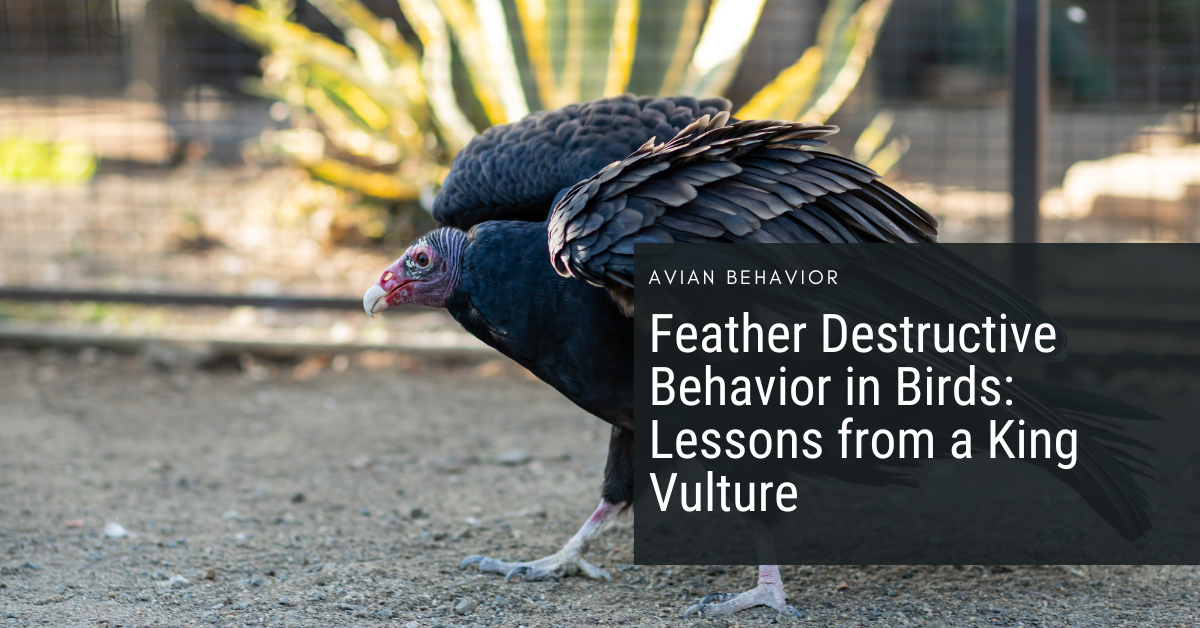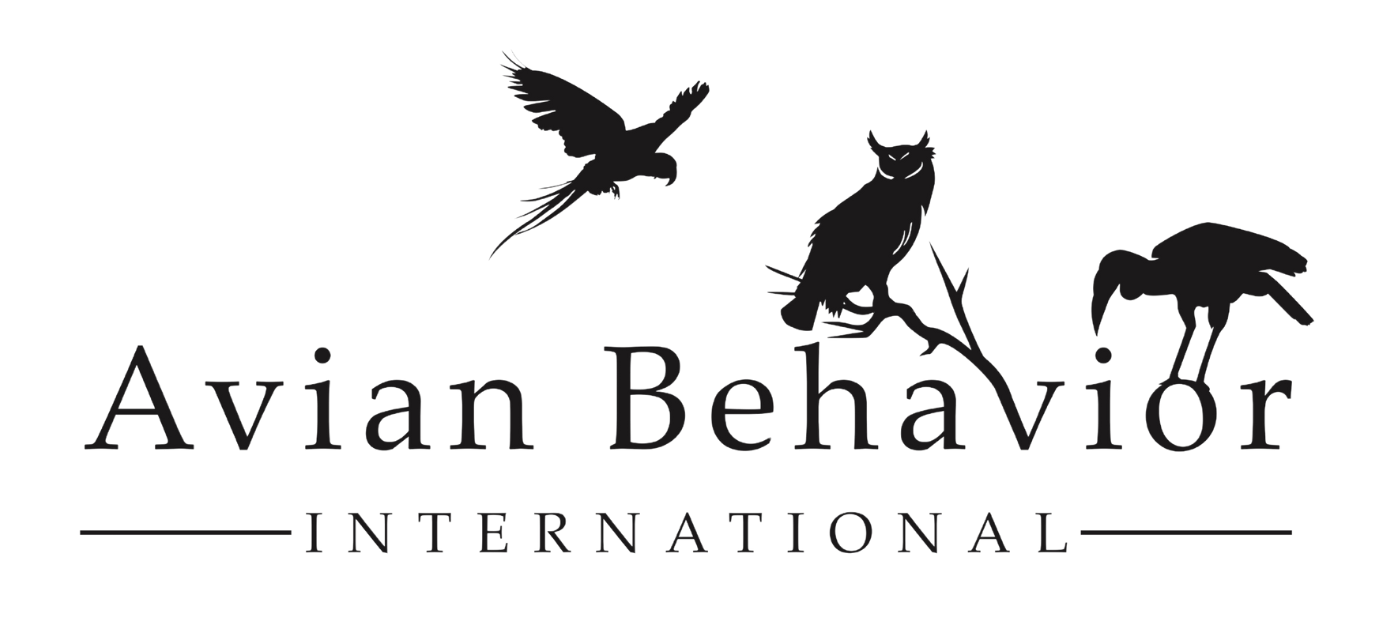
29 Aug Feather Destructive Behavior in Birds: Lessons from a King Vulture
Feather destructive behavior is one of the most difficult challenges we face as bird trainers and caretakers. It’s frustrating, heartbreaking, and complex. And if you’ve been there, you know there’s rarely a quick fix.
At Avian Behavior , we’ve been living this reality with Rio, our king vulture. Her journey has tested everything we know about training, medical support, and patience — and it continues to push us toward new ways of thinking.
I want to share Rio’s story because feather destructive behavior is not about one cause or one solution. It’s about layers. Training, enrichment, environment, physiology — all of it matters. And sometimes the very strategies we believe in most need to be rethought in the context of the individual bird.
Rio’s History
Rio came to us in 2023 at 30 years old from another organization. For decades, she lived in an environment very different than ours and it was clear she did not engage with enrichment. She was worked with traditionally and her trainers adored her. She was clearly well loved and she engaged with education programs regularly. However, by modern standards, her ability to make choices about keeping herself busy were still lacking. Today, she won’t hardly take her food out of a box, let alone rip into it. She had a history of picking at her neck off and on for many years.
Her world changed dramatically when she came here. Suddenly she had more choice, more enrichment, more training opportunities. But that doesn’t erase the 30 years of history behind her. That context matters. A shift that feels positive to us can feel destabilizing to a bird who has never experienced it before.
Training and Early Interventions
We started with the basics: crate training, stationing, even teaching her to hold for cold laser therapy. These were brand-new behaviors for her, and while she learned, it was clear we were only scratching the surface.
Her feather destructive behavior continued. We tried ointments, adjustments to enrichment, even surgical intervention to remove scar tissue. For a while, we used a makeshift collar to protect the area. It worked temporarily, but every time we took it off, the behavior returned — sometimes worse than before.
This is where the complexity of feather destructive behavior becomes painfully clear. You can be training daily, enriching the environment, doing “all the right things” — and still watch the behavior escalate.
Medical Support
Veterinary insight became critical. We explored different pharmaceutical interventions recommended by veterinarians that are used in cases of neuropathic pain and self-injury. At one point, after a dosage adjustment, Rio ripped out the feathers on both wings in a single night. That was one of the lowest moments of this journey.
Eventually, with the guidance of our vet, we tried low-dose a new treatment. This was not a magic fix — but we began to see improvement. Feathers started to regrow, and her body language shifted just enough that interns noticed the difference. It was one more tool in the toolbox.
Behavior in Context
One of the hardest parts of feather destructive behavior is separating what we think the bird “should” want from what their history and environment have taught them to expect.
Rio has improved dramatically in her enrichment. She now engages with browse, slow feeders, and even tears newspaper out of our hands. But new objects can still evoke a fear response, and we have to build slowly. What looks like a simple paper box to us can be overwhelming to her.
This is why context matters so much. A behavior isn’t happening in isolation. It’s happening inside decades of lived experience, shaped by environment, health, and reinforcement history.
Where We’re Going
There’s no single finish line for Rio. Our plan now is to keep layering strategies:
- Expanding her habitat so she has more agency in her space
- Building her training repertoire with confidence-building behaviors
- Continuing medical support as needed
- Enhancing enrichment that meets her where she’s successful — and then shaping forward
I’ve also had to let go of absolutes. Early in my career, I might have dismissed certain tools because they didn’t fit my philosophy. But Rio has shown me that sometimes we need to revisit what the bird knows and build bridges from there. We changed a lot really quickly when Rio first came here. Her whole world and everything she knew dramatically shifted from one end to the other. Much of my thoughts about behavior and has also shifted in thinking about our birds and their responses. Even when they come from conditions that don’t match our standards, or we have legacy birds that we want to change their reinforcement paradigm, we don’t have to change everything all at once. In fact, it may be better for the bird if we leave some familiar components in place, even if they aren’t practices that we would normally use. This is the language the bird speaks, and it’s all they know. By changing everything all at once, it can be unmooring and stressful.
Final Thoughts
Feather destructive behavior isn’t just about feathers. It’s about the entire bird — their body, their history, their environment, and the way all those pieces interact.
With Rio, it has meant setbacks, creative compromises, and a lot of humility. But it has also meant growth — for her, for me, and for everyone on our team who has learned alongside her.
If you’ve worked through feather destructive behavior with your birds, you know it’s not linear. Some days are victories, some days are hard. And that’s why sharing these stories matters — because each case adds to the collective knowledge that helps all of us do better for the animals in our care.
Want to dive deeper? We have an entire course on this inside the Avian Behavior Lab. You’ll get hundreds of hours of deep dive courses, live trainings, and a supportive community to cheer you on. Join the Avian Behavior Lab and use code: AVIAN to get 2 weeks free!

